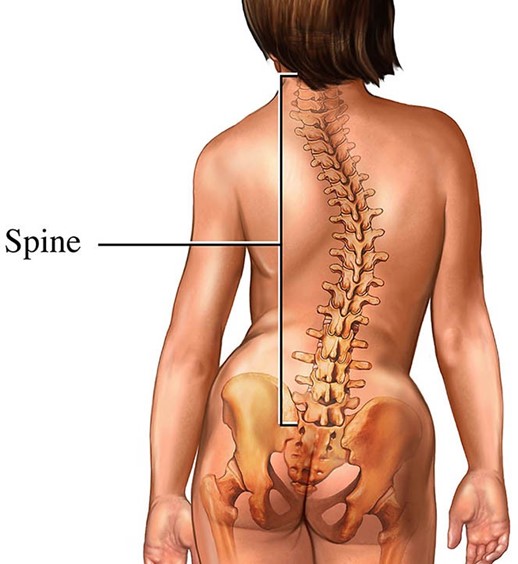A nurse is assessing a child who has nephrotic syndrome. Which of the following findings should the nurse expect?
Smokey brown urine.
Facial edema.
Hypertension.
Polyuria.
The Correct Answer is B
Nephrotic syndrome is a kidney disorder that causes your body to pass too much protein in your urine.
Swelling around the eyes is the most common sign of nephrotic syndrome in children 2.
Choice A is incorrect because smokey brown urine is not a symptom of nephrotic syndrome.
Choice C is incorrect because hypertension (high blood pressure) is a complication of nephrotic syndrome, not a symptom.
Choice D is incorrect because polyuria (frequent urination) is not a symptom of nephrotic syndrome.
Nursing Test Bank
Naxlex Comprehensive Predictor Exams
Related Questions
Correct Answer is A
Explanation
Choice A rationale: Yellow nasal discharge in a toddler with acute nephrotic syndrome signifies a potential upper respiratory tract infection, which is critically important. Children with nephrotic syndrome are highly susceptible to infections due to significant urinary loss of immunoglobulins, leading to an immunocompromised state. Furthermore, corticosteroid treatments, often prescribed for nephrotic syndrome, suppress the immune system. An infection can precipitate a relapse of the syndrome, lead to severe complications like peritonitis or sepsis, and requires prompt evaluation and potentially antibiotic therapy to prevent life-threatening outcomes.
Choice B rationale: Poor appetite is a non-specific symptom in toddlers with nephrotic syndrome and does not typically indicate an immediate, life-threatening complication. It can be attributed to generalized malaise, abdominal discomfort due to ascites, or even side effects of medications such as corticosteroids. While important to monitor for nutritional status and overall well-being, it does not carry the same urgency as signs of infection, which can rapidly lead to severe health deterioration in an immunocompromised child.
Choice C rationale: Facial edema is a cardinal clinical manifestation of acute nephrotic syndrome, resulting from profound hypoalbuminemia. Reduced plasma oncotic pressure causes fluid to shift from the intravascular space into the interstitial space, leading to generalized edema, often prominently in the face. This finding is expected and indicates the disease process itself, rather than an acute, unexpected complication requiring immediate reporting, unless there is a sudden, significant worsening or associated respiratory compromise.
Choice D rationale: Irritability in a toddler can be a manifestation of general discomfort, illness, or even a side effect of corticosteroid therapy, which can cause mood disturbances and behavioral changes. While it warrants assessment to identify the underlying cause, irritability is a non-specific symptom and does not directly indicate an urgent, life-threatening complication of nephrotic syndrome requiring immediate medical intervention, unlike the signs of an acute infection in an immunocompromised child.
Correct Answer is A
Explanation
Adolescents affected by scoliosis often experience body image dissatisfaction.
Therefore, the nurse should anticipate body image changes as the most common reaction.
Choice B is not correct because loss of privacy is not the most common reaction
when dealing with scoliosis surgery.
Choice C is not correct because feelings of displacement are not the most
common reaction when dealing with scoliosis surgery.
Choice D is not correct because identity crisis is not the most common reaction
when dealing with scoliosis surgery.

Whether you are a student looking to ace your exams or a practicing nurse seeking to enhance your expertise , our nursing education contents will empower you with the confidence and competence to make a difference in the lives of patients and become a respected leader in the healthcare field.
Visit Naxlex, invest in your future and unlock endless possibilities with our unparalleled nursing education contents today
Report Wrong Answer on the Current Question
Do you disagree with the answer? If yes, what is your expected answer? Explain.
Kindly be descriptive with the issue you are facing.
